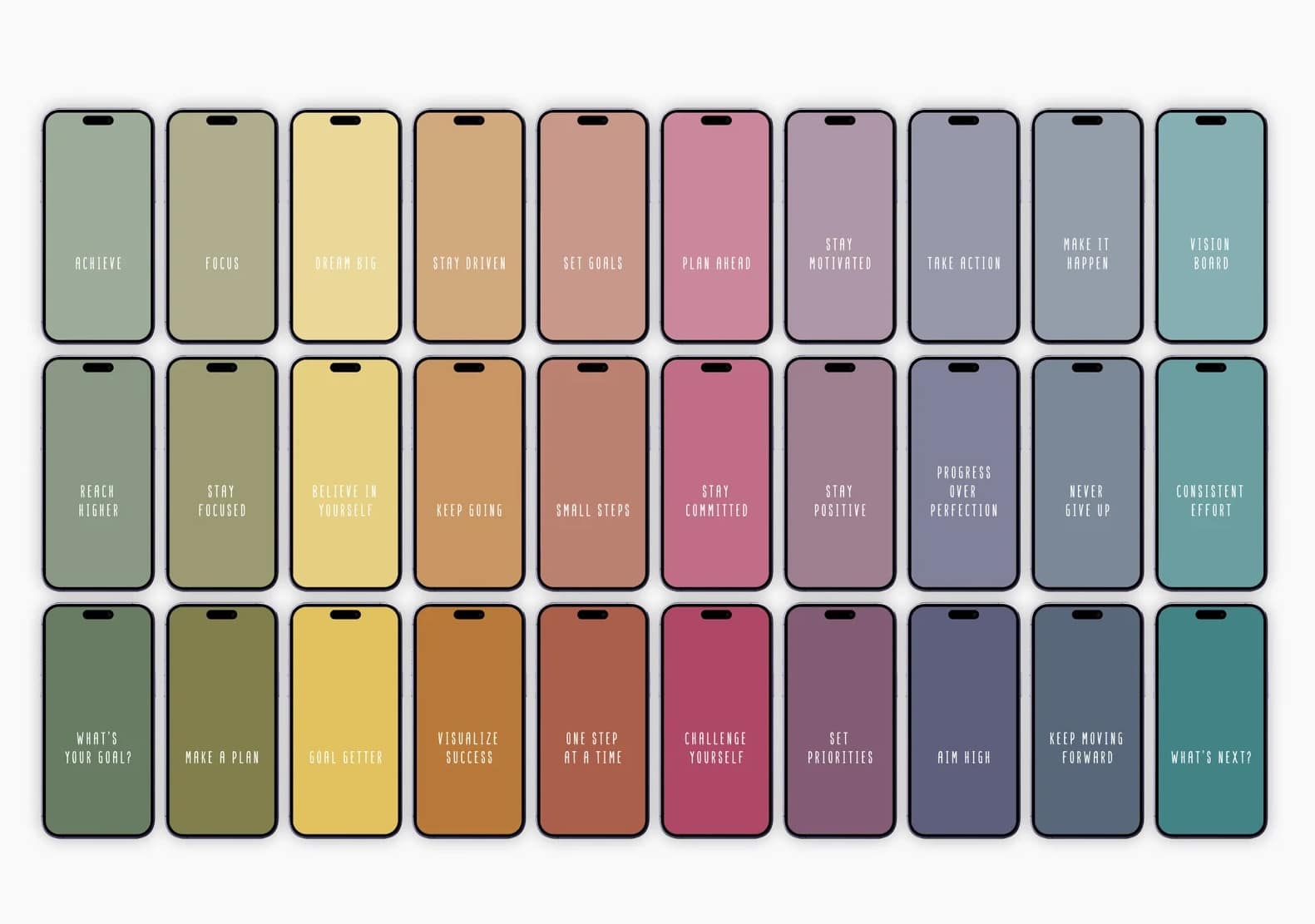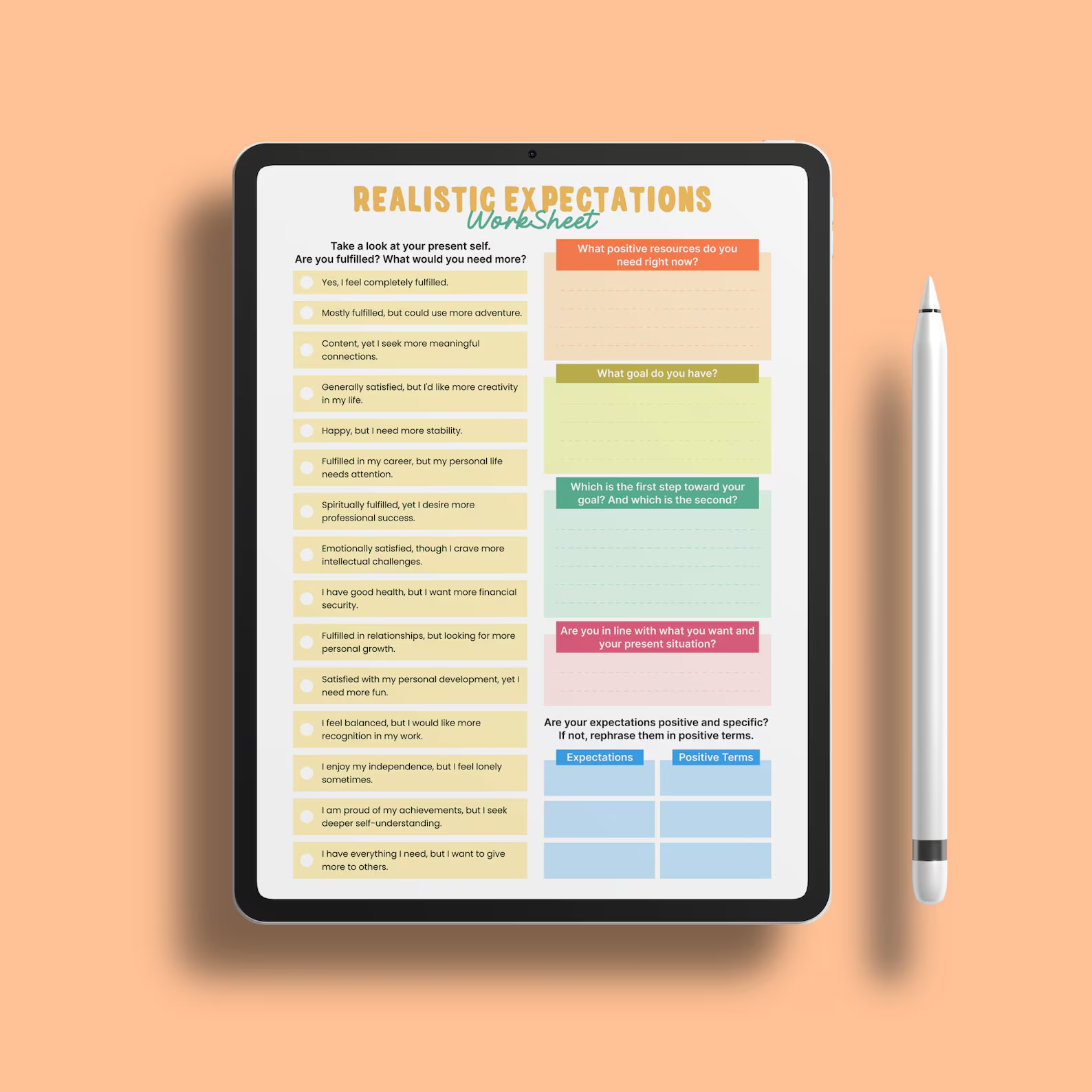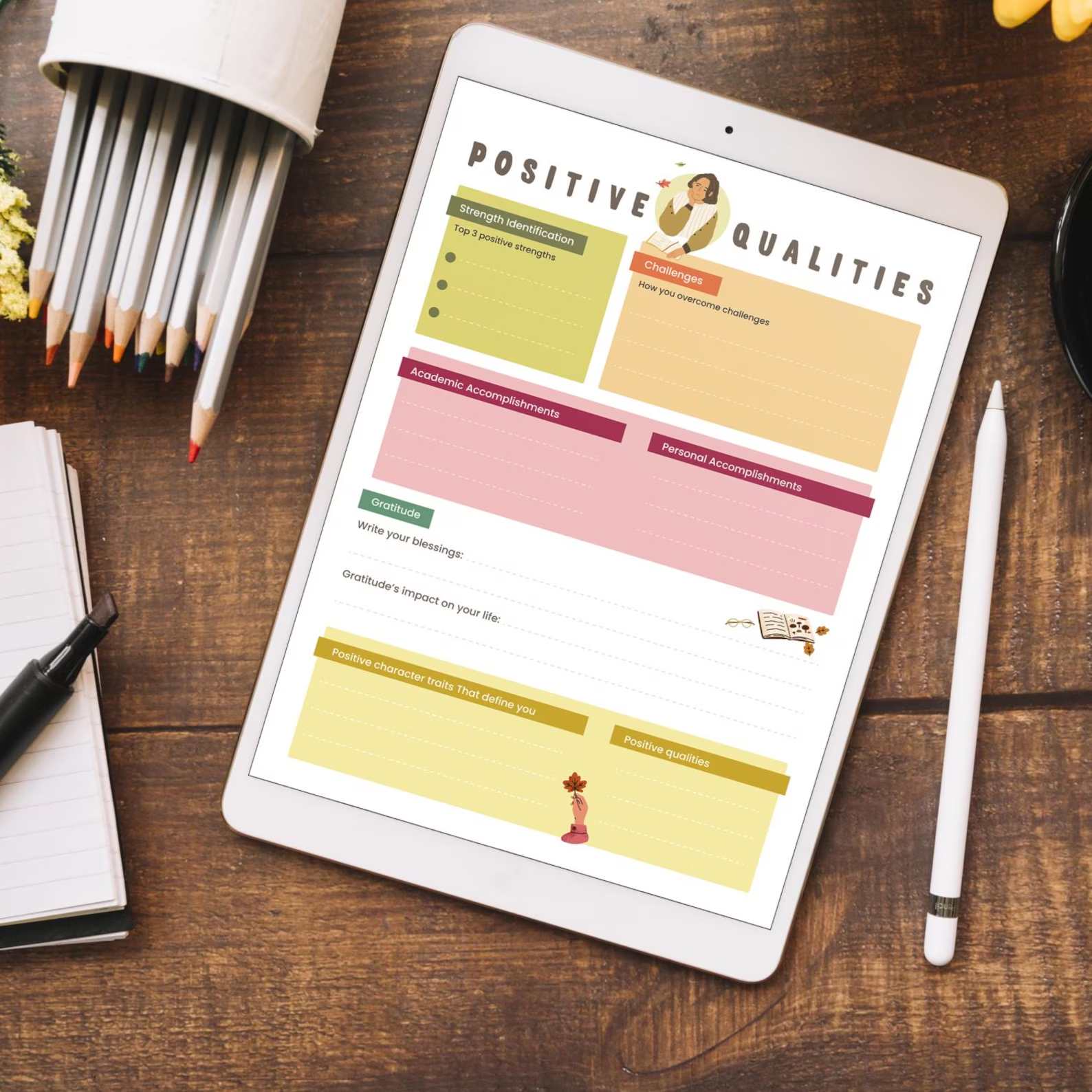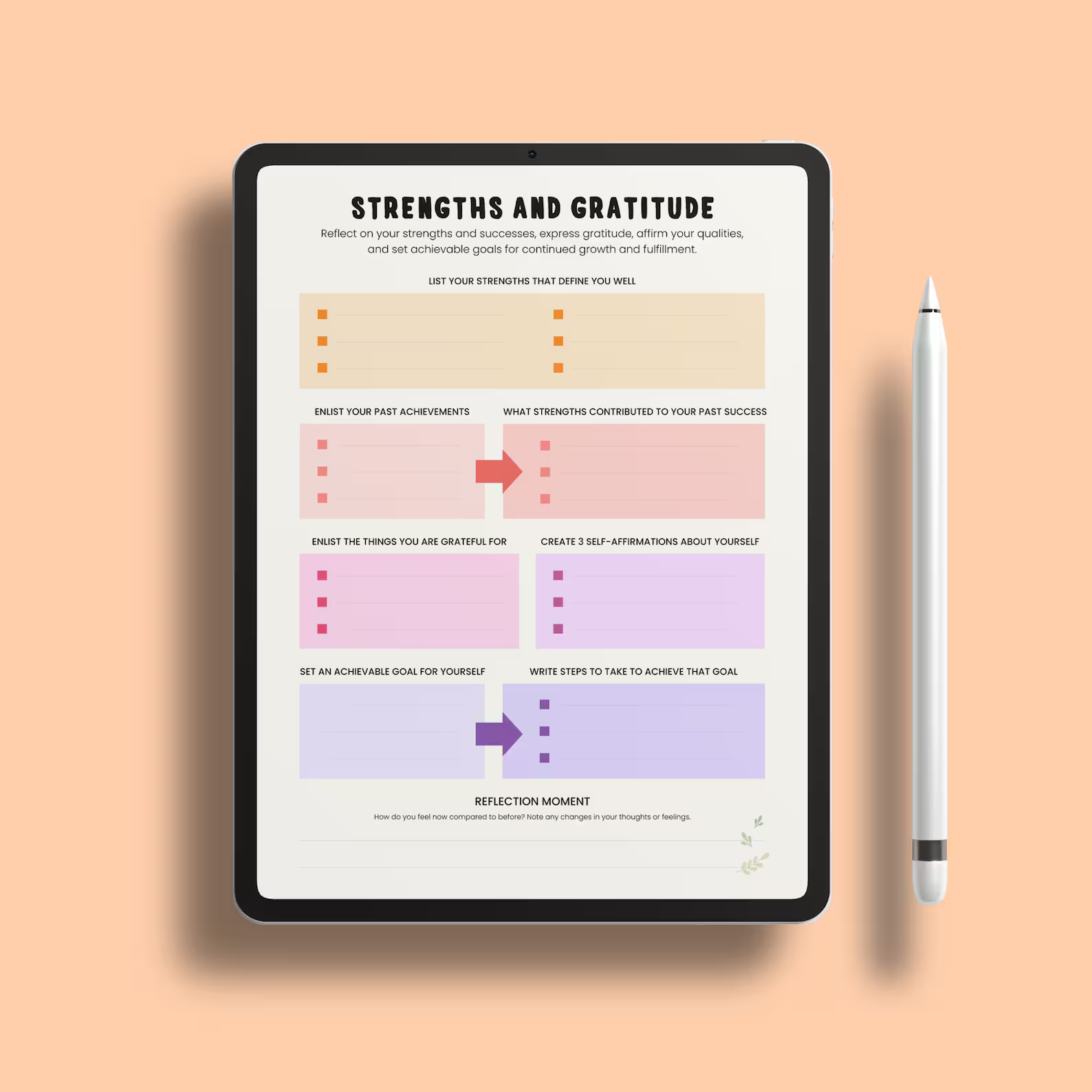How to Master SMART Goals for Personal and Professional Success
Setting goals is a big step toward creating the life you want—both at home and at work. But not every goal will lead you to success. The SMART goal framework (Specific, Measurable, Achievable, Relevant, Time-bound) gives your goals a clear structure and makes it easier to reach them. In this post, we’ll break down what SMART goals are, how they can help you grow, and offer you a fun 30-day challenge to put everything into action.
Why Choose SMART Goals?
SMART goals turn fuzzy ideas into well-defined tasks. Here’s what each letter stands for:
- Specific: Pinpoint exactly what you want to achieve.
- Measurable: Decide how you’ll track your progress.
- Achievable: Keep it realistic while still aiming high.
- Relevant: Ensure it connects to your bigger life or work plans.
- Time-bound: Give yourself a clear deadline.
By following these five points, you’ll have a clearer path to achieving personal goals, no matter how big or small.
Long-Term vs. Short-Term Objectives
Short-Term Goals
- What They Are: Goals you can finish in days, weeks, or a few months.
- Why They Help: They give you quick wins and keep you feeling motivated.
- Example: Finishing a short online course within three weeks.
Long-Term Goals
- What They Are: Bigger goals that might take six months or even a few years to complete.
- Why They Help: They guide your overall direction and help shape your future.
- Example: Earning a degree or creating a detailed five-year career plan.
When you line up your short-term goals with your long-term objectives, you create small steps that lead you to your biggest dreams.
Tracking Progress Effectively
1. Map Out Your Journey
- Use Journaling: Write down each goal and check off small victories along the way.
- Digital Tools: Try a calendar app or project management tool to keep track of deadlines and tasks. (Also check out these certificates)
2. Celebrate Milestones
- Give Yourself a Treat: Congratulate yourself each time you complete a step—no matter how minor.
- Reflect: Think about what’s working and what could be improved.
3. Check In Regularly
- Weekly or Monthly Reviews: See how close you are to your targets.
- Stay Flexible: Don’t be afraid to tweak your plan if you get stuck or if things change.
Recommended Tools for SMART Goal Setting
120 Minimal Wallpapers for Goal Setting
-
- Keep your goals in front of you with simple, inspiring wallpapers.
- Every time you check your screen, you’ll remember what you’re working toward.
These wallpapers are available (120 wallpapers for phone, tablet, desktop and wall art)
Realistic Expectations Worksheet
-
- Double-check that your goals line up with your available resources.
- Helps you aim high while still staying practical.
This worksheet is available (Printable & Digital Use)
Positive Qualities Worksheet for Self-Discovery & Goal Setting
-
- Find and celebrate the talents you already have.
- Use these strengths to power your goals.
This worksheet is available (Printable & Digital Use)
Gratitude and Strength Journal
-
- Capture daily moments of appreciation and highlight your wins.
- Perfect for boosting motivation and seeing the good in every day.
This worksheet is available (Printable & Digital Use)
-
- Provides ready-made templates for mapping out goals.
- Great for organizing both short-term tasks and long-term dreams.
30-Day SMART Goals Challenge
Ready to dive in? Here’s a fun, easy challenge that’ll help you create and refine your SMART goals. Each day, do a small step to keep you moving forward.
For Week 1
- Dream Big: Write down your biggest hopes (personal or work-related). Don’t worry about details yet—just brainstorm.
- Choose Two Goals: Pick one short-term goal (1–2 months) and one long-term goal (6+ months).
- Get Really Specific: Turn each idea into a clear statement. (e.g., “I will finish an online coding course in six weeks.”)
- Make It Measurable: Figure out how you’ll measure progress (like finishing modules or passing quizzes).
- Check If It’s Achievable: Use the Realistic Expectations Worksheet to see if your goals match your time and resources.
- Why Does It Matter?: Ask how each goal fits into your bigger picture. Make sure it’s relevant to your life.
- Set a Deadline: Decide when you want to complete each goal. Mark it on your calendar.
Do it on Week 2
- Visual Reminder: Download and set one of the 120 Minimal Wallpapers for Goal Setting on your phone or laptop to keep you focused.
- Break It Down: Split your short-term goal into smaller tasks you can do one step at a time.
- Spot Your Strengths: Complete the Positive Qualities Worksheet for Self-Discovery & Goal Setting to find personal traits that can help you.
- Gratitude Moments: In the Gratitude and Strength Journal, note three things you’re thankful for today.
- Outline Your Long-Term Path: Carve out major milestones for your long-term goal, like checkpoints on a map.
- Buddy Up: Share your goals with a friend or coworker. Ask them to check in with you now and then.
- Halfway Review: Look at what’s been working well and what might need a tweak.
Now, Week 3
- Reward Time: Treat yourself to something small for hitting any milestone—maybe a nice snack or a relaxing break.
- Positive Self-Talk: Write down a motivational phrase (e.g., “I have everything I need to succeed.”)
- Plan Your Check-Ins: Use the Good Goal Planner to schedule weekly mini-reviews.
- Resource Check: Make sure you have enough time, energy, and tools to keep going.
- Tiny Task, Big Win: Tackle one small chore you’ve been putting off to keep momentum.
- Quick Journal Reflection: Write about any challenges you’ve had and brainstorm a fix.
- Realign with Your Values: Confirm that your goals still fit your personal or professional mission.
And finally, Week 4&5
- Find a Spark: Read or watch something uplifting—maybe a TED Talk or a motivational podcast.
- Visualize Success: Close your eyes and imagine how it’ll feel once you hit your goals.
- Gratitude Check-In: Revisit your Gratitude and Strength Journal and jot down a few wins from the past week.
- Adjust if Needed: If you’re behind, tweak your timeline. If you’re ahead, give yourself an extra pat on the back.
- Share Your Wins: Let a friend or colleague know how far you’ve come. Encouragement goes both ways!
- Freshen Up Your Wallpaper: Swap in a new design from the 120 Minimal Wallpapers for Goal Setting for an extra motivational boost.
- Final Push: Figure out what you need to do to wrap up your short-term goal.
- Celebrate Again: Reward yourself for any accomplishments, big or small.
- Look Back, Look Forward: Reflect on everything you’ve learned in this challenge and plan your next steps.
When you use SMART goals, you’re giving yourself a roadmap for success. By setting both short-term and long-term objectives, you can move forward steadily, without feeling overwhelmed. With consistent check-ins, realistic expectations, and a few fun tools, you’ll find that achieving personal goals can be both fulfilling and fun. Ready to get started? Dive into the 30-day challenge, stay flexible, and don’t forget to celebrate every step of the way. Good luck—and happy goal-setting!






